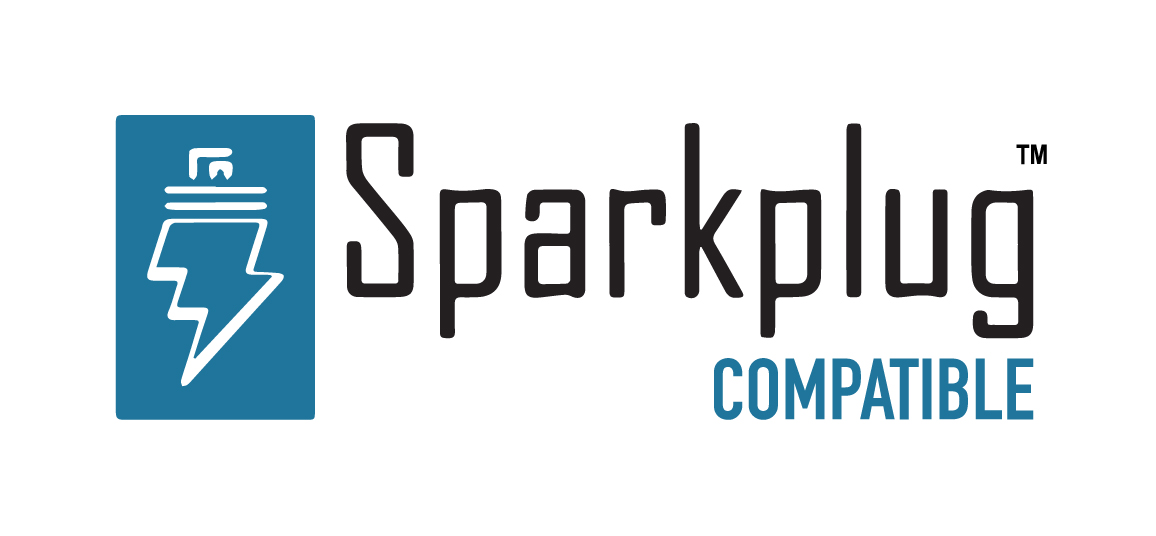Node Setup / N3uron Alarms

In this video of our N3uron Academy, we are going to demonstrate how to visualize alarms in real-time using N3uron.
[02:21] Alarms Overview
[02:38] Configuring Alarms
[03:14] Visualizing Real-Time Alarms
[02:25] Visualizing Historical Alarms
[00:00] In this video, we are going to demonstrate how to visualize alarms in real-time using N3uron. By the end, you’ll have a clear understanding of how to monitor your alarms and how to interact with them in real-time to ensure that you always have up-to-date information about your tags. When it comes to visualizing alarms, the WebUI provides a user-friendly alarm status table, which allows you to view, filter, and interact with alarm events from both local and remote nodes. To access this interface, simply navigate to the “Alarms” section and click on “Real-Time” in the Navigation panel. Here, you’ll see the “Tag Groups browser” on the left-hand side of the window. This browser is organized into a tree structure, making it easy to expand or collapse different level tabs to view the tags that you’re interested in. By selecting the different levels in the tree, you can filter which alarms will be displayed in the Alarms panel on the right side of the window, allowing you to focus only on the alarms that are relevant to you.
[01:07] The toolbar at the top of the Alarms panel provides a wide range of options for filtering and managing alarms. You can filter alarms by their status, priority level, or by using Regular Expressions to search for alarms by name, description, and other attributes. By default, it will show non-cleared and non-acknowledged alarms. The sublevels checkbox shows all alarms below the selected level in the Tag groups tree, making it easy to find the specific alarms you’re looking for. The alarm table itself offers a clear view of all the information related to alarms, organized into columns. Here you can see the timestamp of the alarm event, the full path linked to the alarm, the current tag value, its description, and the priority level of the alarm. You can also view the alarm status, which is a combination of the active and acknowledged conditions, as well as whether the alarm is local or comes from a remote node.
[02:01] Finally, the last two columns correspond to the user who acknowledged the alarm and any comments that were added. Now that we have covered the details on visualization, let’s take a look at how to manage these alarms. Whenever we want to acknowledge an alarm, we just have to click on the ellipsis button on the left side of the alarm and select “Ack alarm”. Right after that, a pop-up window will appear where you can leave a message describing the solution to the alarm issue or simply to notify that the problem has been solved. Next, hit the “Apply” button and the alarm will be acknowledged. If you need to make mass edits to your alarms, or you’d like to store them for later reference, N3uron allows you to export all the information displayed in the alarm panel to a CSV file by clicking on the button located in the upper-right corner of the panel. Next to the export button, there is also an alarm counter, which shows the total number of displayed alarms. To summarize, real-time visualization of alarms in N3uron provides an intuitive and comprehensive view of all the alarm events, allowing users to quickly take action and effectively manage their alarms.
[03:05] We hope that this video has been helpful to you, thank you for watching!
N3uron software is an Industrial Edge Platform for IIoT and DataOps that streamlines the flow of data between industrial systems and business applications, either on-premise or in the cloud. N3uron provides an out-of-the-box solution for data standardization, normalization and contextualization, seamless integration with industrial and IT systems, efficient information management, and unparalleled scalability and security. The N3uron platform makes it easier for operations teams to aggregate, manage and analyze industrial data, resulting in enhanced productivity and informed decision-making. Whether you're looking to optimize your operations, reduce downtime or improve product quality, the N3uron platform is the answer.
CONTRIBUTING MEMBER
N3uron is a Contributing Member of the Eclipse Foundation, actively participating in the development of their robust ecosystem. By leveraging EF technologies, we offer innovative products and services that drive our corporate strategy forward. N3uron is Sparkplug Compatible Software.


DLMS® UA MEMBER
N3uron is a member of the DLMS® User Association, the global community that drives standardization in the energy and water industry. Being part of the DLMS UA represents N3uron's commitment to advancing smart metering and energy management solutions.
FOLLOW US
N3uron Connectivity Systems • Paseo de la Castellana, 91, 4º, 1; Madrid, 28046, Spain • +34 911 841 938 • [email protected]
N3uron software is an Industrial Edge Platform for IIoT and DataOps that streamlines the flow of data between industrial systems and business applications, either on-premise or in the cloud. N3uron provides an out-of-the-box solution for data standardization, normalization and contextualization, seamless integration with industrial and IT systems, efficient information management, and unparalleled scalability and security. The N3uron platform makes it easier for operations teams to aggregate, manage and analyze industrial data, resulting in enhanced productivity and informed decision-making. Whether you're looking to optimize your operations, reduce downtime or improve product quality, the N3uron platform is the answer.
CONTRIBUTING MEMBER
N3uron is a Contributing Member of the Eclipse Foundation, actively participating in the development of their robust ecosystem. By leveraging EF technologies, we offer innovative products and services that drive our corporate strategy forward. N3uron is Sparkplug Compatible Software.


CONTRIBUTING MEMBER
N3uron is a Contributing Member of the Eclipse Foundation, actively participating in the development of their robust ecosystem. By leveraging EF technologies, we offer innovative products and services that drive our corporate strategy forward. N3uron is Sparkplug Compatible Software.
FOLLOW US
N3uron Connectivity Systems • Paseo de la Castellana, 91, 4º, 1; Madrid, 28046, Spain • +34 911 841 938 • [email protected]
N3uron software is an Industrial Edge Platform for IIoT and DataOps that streamlines the flow of data between industrial systems and business applications, either on-premise or in the cloud. N3uron provides an out-of-the-box solution for data standardization, normalization and contextualization, seamless integration with industrial and IT systems, efficient information management, and unparalleled scalability and security. The N3uron platform makes it easier for operations teams to aggregate, manage and analyze industrial data, resulting in enhanced productivity and informed decision-making. Whether you're looking to optimize your operations, reduce downtime or improve product quality, the N3uron platform is the answer.
CONTRIBUTING MEMBER
N3uron is a Contributing Member of the Eclipse Foundation, actively participating in the development of their robust ecosystem. By leveraging EF technologies, we offer innovative products and services that drive our corporate strategy forward. N3uron is Sparkplug Compatible Software.


DLMS® UA MEMBER
N3uron is a member of the DLMS® User Association, the global community that drives standardization in the energy and water industry. Being part of the DLMS UA represents N3uron's commitment to advancing smart metering and energy management solutions.
FOLLOW US
N3uron Connectivity Systems • Paseo de la Castellana, 91, 4º, 1; Madrid, 28046, Spain • +34 911 841 938 • [email protected]